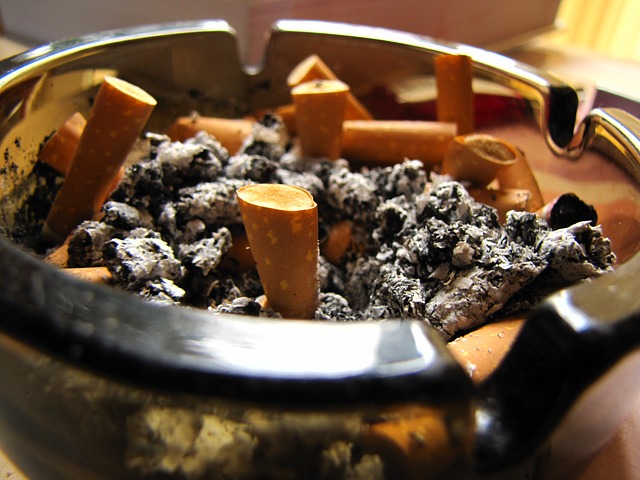Third-hand Smoke May Damage DNA

Third hand smoke -- the toxic compounds smoking adds to a room's surfaces and dust -- has been linked to damages in DNA that may result in cancer, according to new research investigating the harmful effects tobacco smoking has on a closed environment such as a room or car.
The research, which was presented today at the 247th National Meeting and Exposition of the American Chemical Society, warns that smoking in closed spaces may actually be exposing other people to harmful toxins long after you stub your cigarette out.
According to a presentation by head researcher Bo, Hang, Ph D., surface-absorbed chemicals from many of the 4,000 pollutants that come from cigarettes smoke have been discovered to produce additional toxins when interacting with a closed environment. These toxins, Hang explained, can influence the DNA of people who come in contact with them and rise the likelihood of developing cancer.
Toxic compound identified as "NNA" and "NNK" are two such toxins that can result from third-hand smoke. The compound, if left in contact with a person, have shown that they can latch onto DNA, damaging it and rasing the risk of agressive tumor formation.
Hang explained during his presentation that initial studies are just looking into how and if this interaction actually occurs, but may eventually progress and greater and more comprehensive understanding on why first-hand smoking causes the huge increases in cancer rates among cigarette users.
According to a press release published following Hang's presentation, while third-hand smoke is barely ever a risk in most public places, people can still smoke in private residences. To help remove third-hand smoke from a room it is recommended that smoker regularly replace or at least thoroughly clean surfaces that are infamous for absorbing chemicals, such as sofas and carpets.
The findings of this research are to be regarded as preliminary findings until they can be published in a scientific peer reviewed journal. Details of this research were presented on March 17, at the 247th National Meeting and Exposition of the American Chemical Society in Dallas, Texas.
© MD News Daily.
